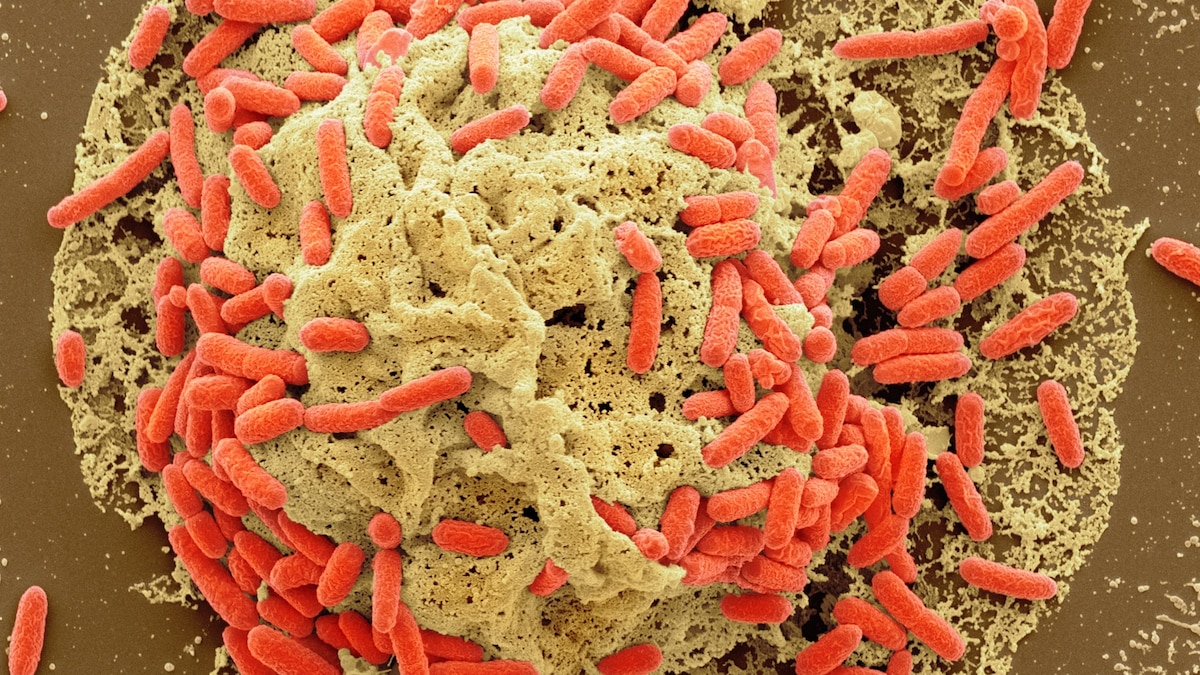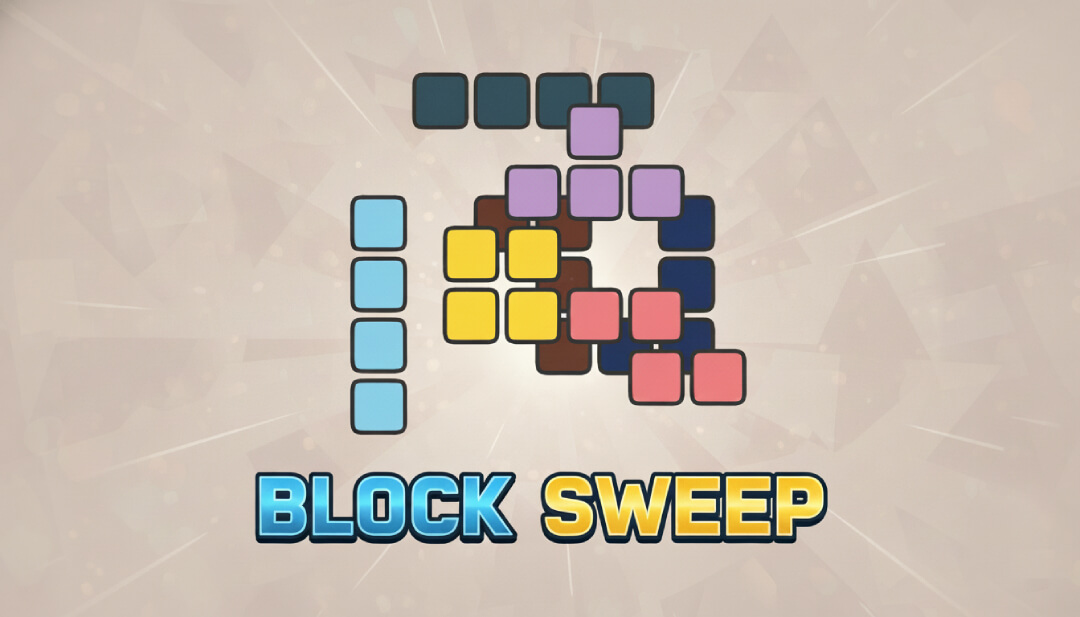A powerful little static site generator.
The purpose of evoke is to be a small, yet powerful static site generator. This is achived through the following methods:
- Sensible defaults allowing for near zero configuration.
- Complete template support with no opinions.
- Plugin system for extending the core functionality.
There are more things we could mention but I think its best to let you experience it for yourself.
- evoke build: builds your content into static HTML.
- evoke plugin get [url]: get a new plugin from a url.
You can install Evoke in one of the following ways:
1. Installer Script (Recommended):
You can use the following command to download and install the latest version of Evoke for your system:
2. From a Release:
Download the pre-compiled binary for your operating system from the latest release on GitHub. Unzip the archive and place the evoke binary in a directory that is in your system's PATH.
3. From Source:
If you have Go installed, you can also install Evoke from source using the go install command:
An evoke project is simple to get started. All you need is the following folder structure and you're good to go. Here is an example of an evoke project:
The content directory holds all your content. It has a few rules but for the most part anything you put in here will be included in the final build.
- Rule 1: The content directory will define routes based on naming and folder structure. Take for example:
This will create the following routes:
- about.html
- posts/index.html
- posts/post-1.html
- posts/post-2.html
Notice how we have mixed HTML and markdown in the content directories? This is to allow more advanced sites to be made. HTML files will have any template strings expanded and the rest of the file will just be the same. Markdown files on the other hand will utilize a special template which we will talk about later.
This directory will simply be copied to the dist folder when building. This is so you can include images, css, javascript, or whatever in your pages.
This directory allows you to define reusable HTML snippets, called partials, for your content.
Partials are included in your layout and content files using the template keyword. For example, to include a partial named header.html, you would use the following syntax:
This file is optional. If you stick to all the defaults, there is no real need for this file. If you do need an evoke.yaml file, just know it accepts any key-value pair you need. You will have access to those key-values inside your templates like such:
{{ {{ .key }} }}
where key is the key associated with a value.
Outside of this there arent many rules that need followed by the core program. Although another interesting thing evoke has is its extension system.
Evoke allows for custom plugins to be loaded on a per project basis. Just add a plugins folder to the project and add plugins using the command line. Plugins are typically loaded from a url using the cli:
This will automatically pull the plugin and build it. Plugins can hook into the following:
- BeforeBuild: plugin will run before the core build process
- AfterBuild: plugin will run after the core build process
While not currently available, there are plans for an "plugin library" if you will. Basically just a place with tons of plugins.
Yeah so this pretty much sums everything you need to know up. Only one last thing you need to be aware of, its "evoke" not "Evoke". Have a great day.
.png)




